A March Mashup of Holy Days: Ramadan, Lent and...Purim?
With fasting, feasting & forgiveness, a synchronized spring cleaning of the soul happens this month for Abrahamic faith communities. Can this mashup bring us together & help March exit like a lamb?
We begin March this year with a curious combination. Islam’s month of fasting and soul searching, Ramadan1, began last Friday evening, and Lent,2 the 40-day period of um, fasting and soul searching leading up to Easter, begins on Wednesday. Meanwhile the Jewish month of Adar began this past weekend too, and the raucous, Mardi Gras-like holiday of Purim - preceded by, you guessed it, some more fasting and soul searching - will take place mid-month.
We have a month filled with fasting, feasting, and a little contemplation on the side.
Yes, for all three Abrahamic religions, there are fasts, of varying lengths and degrees, and for all three, the fasts are designed to intensify reflection on deep existential crises that we face, matters of life and death. We can sense that our lives are on a knife’s edge (are they ever!) and things could easily end calamitously. So we are praying. And fasting, as our ancient heroes did.
At a time when the world is so focused on what divides us, this March mashup of strikingly similar (in some respects) holy days might be just the means to bring people together. I know that some of the greatest interfaith moments of my career have come at Ramadan iftars hosted in local churches. “Rabbi celebrating Ramadan in a Church” sounds like a scenario from a game of Clue; but here there is no murder weapon, only arms outstretched in love.
For most Christians, Lenten rules have been relaxed over the centuries, as we see here (from the Britannica):
In the early centuries, fasting rules were strict, as they still are in Eastern churches. One meal a day was allowed in the evening, and meat, fish, eggs, and butter were forbidden. The Eastern church also restricts the use of wine, oil, and dairy products. In the West these fasting rules have gradually been relaxed. The strict law of fasting among Roman Catholics was dispensed with during World War II, and only Ash Wednesday and Good Friday are now kept as Lenten fast days. However, the emphasis on penitential practice and almsgiving remains, and many Catholics also observe a meatless fast on Fridays during Lent. In addition, Catholics and other Christians often choose to give up specific pleasures, such as sweets, alcohol, or social media, during Lent as a way to foster simplicity and self-control; many use their cravings or desires for these items as a reminder to pray and to refocus on spiritual matters.
For Muslims the fast is just during daylight hours, and for Jews, it’s just one day and not nearly as intense as other fasts like Yom Kippur. But in each case, the idea of self-denial leading to prayer and reflection shapes the joy that comes after.
The three Abrahamic faiths aren’t the only ones who mark this time of year with variations on that theme (keeping in mind that Ramadan just happens to fall in March this year, but is not tied to the seasonal calendar).
The great religion scholar Theodor Gaster wrote of a seasonal pattern that is followed by cultures around the world.3 Fasting, or what he calls “mortification” is step one, followed by the removal of evil and contamination, which he calls “purgation,” followed by ritual combat or “invigoration,” marking a rebirth and renewal, and then “jubilation,” the feast. As he puts it, this is how “society seeks periodically to renew its vitality and thus ensure its continuance.”
Gaster writes (on p. 8 of his book, Thespis; ritual, myth, and drama in the ancient Near East) about Cambodia, where “the first three days of the year, which begins in mid-March, are a period of solemn abstinence, when sexual relations are forbidden4; while during the first seven days no living thing may be killed, no business concluded, and all litigation and controversy suspended.”
What we all wouldn’t do with a little suspension of litigation and controversy for a few days.
So we fast.
And then we eat.
We don’t just eat, we par-teee. In the case of Lent, the party comes first, at least in New Orleans with Mardi Gras this Tuesday night. St Patrick’s Day, which is not liturgically tied to Lent but celebrates a patron saint who brought Christianity to Ireland; it can be pretty festive too (to say the least). While both holidays have roots that are more ethnic than religious, they, along with various pagan-rooted vernal equinox festivals5, provide opportunities to break up the seriousness of Lent.
For Jews, the fast of Esther is integral to the Purim story. It comes one day before the feast and recalls Queen Esther’s fear of approaching the king to plea for the future of her endangered people. It was a dangerous thing to do back then - and we don’t know if she came in wearing a tie. The main feast on Purim is the next afternoon, and the se’udah, as it’s called (it just means meal), is one of the four main commandments of Purim. Not only do we eat lots (pun intended, as Purim means “lots” - as in “from a lottery”), but many believe there that alcohol consumption is part of the commandment too.6 Purim revelry can get pretty crazy at times.
For Muslims, the feast comes every night of Ramadan, with a multi-course, often communal iftar following a day of fasting.
But since in Islam days begin at sunset, it’s really the feasting that comes first. Or does it? We’ll never solve that chicken-egg question, so we might as well just eat both.
The main thing is that for each culture, we see-saw from one extreme to the other, in either direction. No food - Lots of food. It’s never a half-assed fast followed by a Granola bar. It’s a day of harsh self-denial followed by a slow, full meal. It’s either feast or famine. We embrace it all. For all three traditions, we are all-in on life, the good, the bad and the famished. And in doing so, we declare that we are ready to live on the knife’s sharp edge - and experience life at the limits.
“Ritual Combat”
So we’ve explored the fasting and feasting in this month’s celebrations. What about the “ritual combat” that Gaster claims brings invigoration and renewal?
Just this week, in my neck of the woods in Connecticut, we are witnessing a tug-o-war between winter and summer, with days in the low 20s alternating with bursts into the 50s. Across the country, March madness is not just about basketball, it’s equally about the weather map. March is meteorologically the most extreme month of the year.
Heatwaves, tornadoes, deadly blizzards: March has it all, and it did even long before the climate went off the charts.
Gaster writes how there are places in the Rhine area of Germany where two persons, disguised as summer and winter, make their appearance, the one clothed with ivy, the other with straw or moss, and they fight one another till summer wins.
“Similarly,” he adds, “in Styria and the neighboring mountains of Carinthia, it used to be the custom, in March, for two bands, one with winter clothes and snowballs and the other with green summer headgear, pitchforks and scythes, to engage in combat.”
The Fight between Carnival and Lent, Pieter Brueghel the Elder’s 1559 painting (see top) depicts that dramatic interplay of fivolity and seriousness personified on the faces of the townsfolk. The shifting weather is mirrored in our shifting moods, as we gear ourselves to fight off the last charge of winter and then dive forward in our hero’s journey into the serious theological odyssey that lie before us, to the Red Sea, to Jerusalem, to Mecca.
Purim brings the seasonal mythological battle into a more historical context, the reign of Xerxes I in Persia - but more likely the story is docu-drama fiction, straddling the line between Jewish history and pagan mythology. The battle lines are drawn between the non-Jews of Persia and the Jews, who are led by Mordechai, whose name perhaps intentionally evokes the Babylonian god of war Marduk; and Esther, (Ishtar?). Her Hebrew name means “hidden,” and her origins, as well as her relation to Mordechai, are murky. This woman of mystery also has another name, Hadassah. The only thing that’s not confusing about this story is that the Jews win the battle big-time.
It’s never a half-assed fast followed by a Granola bar. It’s a day of harsh self-denial followed by a slow, full meal. It’s either feast or famine. We embrace it all. For all three traditions, we are all-in on life, the good, the bad and the famished.
Since the advent of Islam, key battles have been fought during Ramadan, including the Battle of Badr, where miraculously Allah sent down 5,000 angels to assist the Muslim fighters. While the idea of fighting while in a weakened state of daylong fasting is counterintuitive, Ramadan has not been a peaceful time in recent years, particularly during the Iraq and Gaza wars.
I only wish the current ceasefire in Gaza could be extended, with hostages released and supplies sent in so that the people would not continue to suffer, particularly during these holy days. The photo below from last weekend in Gaza speaks volumes.
But for Muslims, Christians and Jews, the most significant battle to be fought during these festivals is one that takes place within the soul.
As Pope Benedict XVI said in his homily on Ash Wednesday 2006:
Lent reminds us, therefore, that Christian life is a never-ending combat in which the “weapons” of prayer, fasting and penance are used. Fighting against evil, against every form of selfishness and hate, and dying to oneself to live in God is the ascetic journey that every disciple of Jesus is called to make with humility and patience, with generosity and perseverance.
Pope Francis (and may he recover fully) has called Lent “a time of ‘spiritual battle against the spirit of evil.”
“As we cross the Lenten 'desert,” he wrote in 2015, “we fix our gaze toward Easter, which is Jesus' definitive victory against evil, against sin and against death. Humanity needs justice, peace and love,” he said, “and can have it only by turning with all its heart to God, who is the source of all these things.”
Ramadan comes with a detailed prescription for repentance, much like the one Jews follow before the Rosh Hashanah. Fasting must lead to sincere repentence, which would include regret and a determination not to repeat the sin, seeking forgiveness from the ones we’ve wronged and resolving to live a more righteous life.
Purim’s “Big Four” commandments include gifting food to neighbors and donating charity to the poor. I often tell people that the difference between Purim and Halloween is that, while on both holidays people go door to door in costume, on Purim we give food to those who answer the door and on Halloween we take from them - not only do we take, we extort, actually, with threats of retribution, in the form of a “trick.”
Purim, Lent and Ramadan all make demands of us and provide a bountiful payoff for those who take those responsibilities seriously. By the end of the month, if we follow the rituals, ideally we’ll have become softer, more gentle people, less lion and more lamb, and the weather will hopefully have followed suit. The world will feel like a more peaceful place, if we play our part, do the work, and share our celebrations with one another.
I can’t account for the irreparable damage of hateful policies and the tragedies of endless war. I can only vouch for the goodness of the human spirit, and the shared wisdom of centuries-old traditions that still bring light, joy and meaning to our lives.
May we all feel on March 31 the way the Jews felt at the end of the story of Esther:
And the Jews enjoyed light and gladness, happiness and honor.
So may it be for everyone!
And for all you SNL fans…. What did this March come in like for you?
Share your responses!
From the Britannica: Lent, in the Christian church, a period of penitential preparation for Easter. In Western churches it begins on Ash Wednesday, six and a half weeks before Easter, and provides a 40-day period for fasting and abstinence (Sundays are excluded), in imitation of Jesus Christ’s fasting in the wilderness before he began his public ministry. Almsgiving, the practice of giving money or food to the poor and performing other acts of charity, is also encouraged. In Eastern churches Lent begins on the Monday of the seventh week before Easter and ends on the Friday that is nine days before Easter. This 40-day “Great Lent” includes Saturdays and Sundays as relaxed fast days.
A period of preparation and fasting likely has been observed before the Easter festival since apostolic times, though the practice was not formalized until the First Council of Nicaea in 325 ce. It was a time of preparation of candidates for baptism and a time of penance for grievous sinners who were excluded from receiving Holy Communion and were preparing for their restoration. As a sign of their penitence, they wore sackcloth and were sprinkled with ashes. This form of public penance began to die out in the 9th century. It became customary for all the faithful to be reminded of the need for penitence and of their own mortality by receiving a memento mori in the form of ashes, either sprinkled on top of worshippers’ heads or marked in the shape of a cross on their foreheads, on the first day of Lent—hence the name Ash Wednesday.
In the early centuries, fasting rules were strict, as they still are in Eastern churches. One meal a day was allowed in the evening, and meat, fish, eggs, and butter were forbidden. The Eastern church also restricts the use of wine, oil, and dairy products. In the West these fasting rules have gradually been relaxed. The strict law of fasting among Roman Catholics was dispensed with during World War II, and only Ash Wednesday and Good Friday are now kept as Lenten fast days. However, the emphasis on penitential practice and almsgiving remains, and many Catholics also observe a meatless fast on Fridays during Lent. In addition, Catholics and other Christians often choose to give up specific pleasures, such as sweets, alcohol, or social media, during Lent as a way to foster simplicity and self-control; many use their cravings or desires for these items as a reminder to pray and to refocus on spiritual matters.
See Theodor Gaster, Thespis; ritual, myth, and drama in the ancient Near East (pdf of the entire book)
In Islam and Judaism as well, sexual abstinence is considered part of fasting.
There are so many pagan-based celebrations of the equinox and the rebirth of nature. Many are highlighted in Sir James George Frazer’s classic, The Golden Bough, such as this chapter on spring fire festivals.
See my piece on this debate about drunkenness on Purim:
Q - In an age where addiction is so widespread, is it ethical to promote drunkenness on Purim?
A. No it is not.I am no teetotaler, but when children and young adults are being bombarded with commercials glorifying alcohol consumption, it is irresponsible for religious and moral leaders to hitch a ride on that wagon. Regrettably, I've heard of some rabbis on college campuses who promote underage drinking. Those rabbis should be arrested and barred from contact with young people forever.
If you don't agree with me, ask the parents of Avi Schaefer, a Brown freshman with a promising future as a promoter of coexistence on campus, who was killed by a drunk driver last year.
Making merry is one thing, but binge drinking seems to be de rigueur at this time of year, what with the confluence of Purim, St Paddy's Day, Mardi Gras and Spring Break. We're all thrilled to at last be freed of winter's icy shackles, but that doesn't call for a cold tall one - take a walk instead!
You can blame the sage Rava for Purim excesses. In the Talmud, (Megilla 7b) he is quoted as stating that a person must get drunk on Purim so as not to be able to distinguish between "Cursed be Haman and Blessed be Mordechai."
This flies against a strong opposition to drunkenness found throughout Jewish history, from the stories of Noah, Lot and Nadav and Avihu, Aarons' sons killed in a flash fire after they entered the sacred precinct supposedly inebriated. Plus, at a time when teen drinking has reached epidemic proportions (fully a quarter of high school seniors report recent binge drinking) and someone is killed by a drunk driver, on average, every 40 minutes, we face challenges that Rava could never have imagined.
In a responsum on the matter, Rabbi David Golinkin goes to great lengths to demonstrate how later sages and commentators tried to water down that Talmudic comment to the point where it is impossible to distinguish Rava from the Church Lady. Maimonides assumes that we should drink just enough to gently fall asleep. Others like Rabbi Menachem Hame’iri who, being from Provence, undoubtedly knew his wine, stated, "We are NOT commanded to get drunk…for we were not commanded to engage in debauchery and foolishness, but to have heartfelt joy which will lead to the love of God and to gratitude for the miracle that was performed for us."There are lots of ways to explore the blurry boundaries between good and evil and Purim is a good time to do that. The cantor in my congregation has the last name Mordecai and he is playing Haman in our Purim play. The resulting confusion will enable us to fulfill Rava's dictum without imbibing a single drop.
The Me’iri brings up a good point for us to ponder. Do we need to be smashed in order to have a good time? Has our idea of the good life become one long beer commercial?
So raise a glass - or two - on Purim, if you are over 21, that is. But no more. Then, with clear heads, we can teach our kids the wholesome lessons of Purim - how to take revenge on our enemies and eat pastries (along with charity, of course).

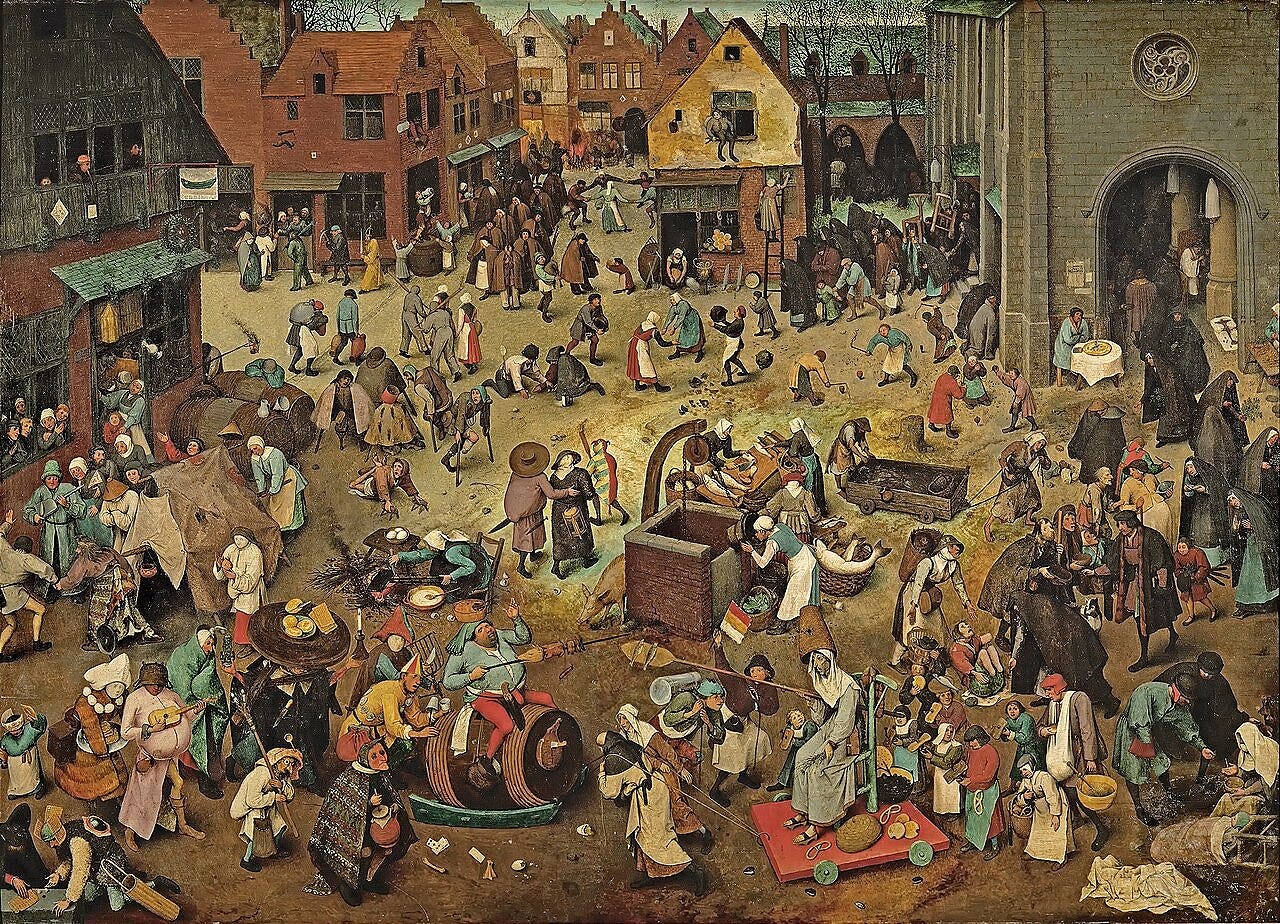
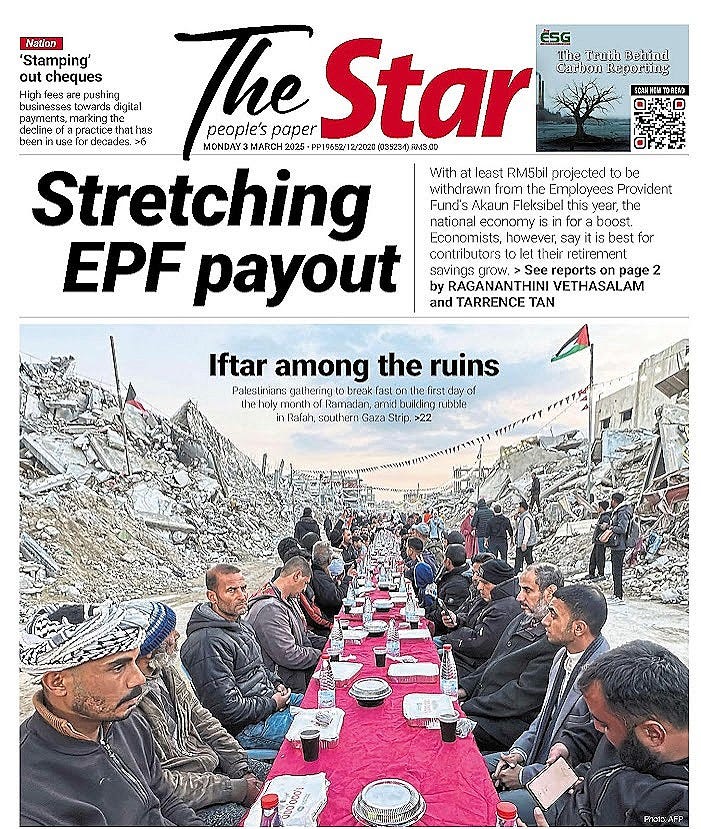

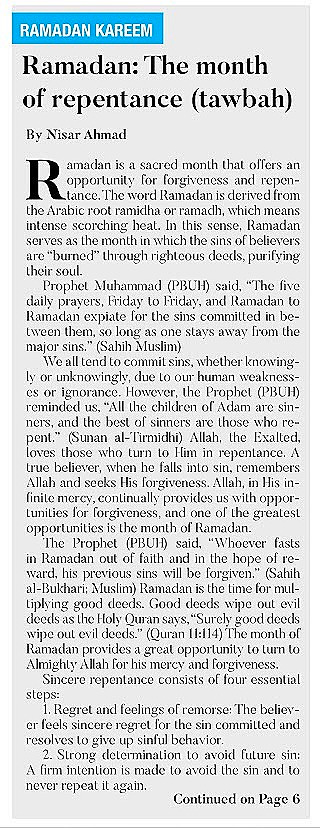
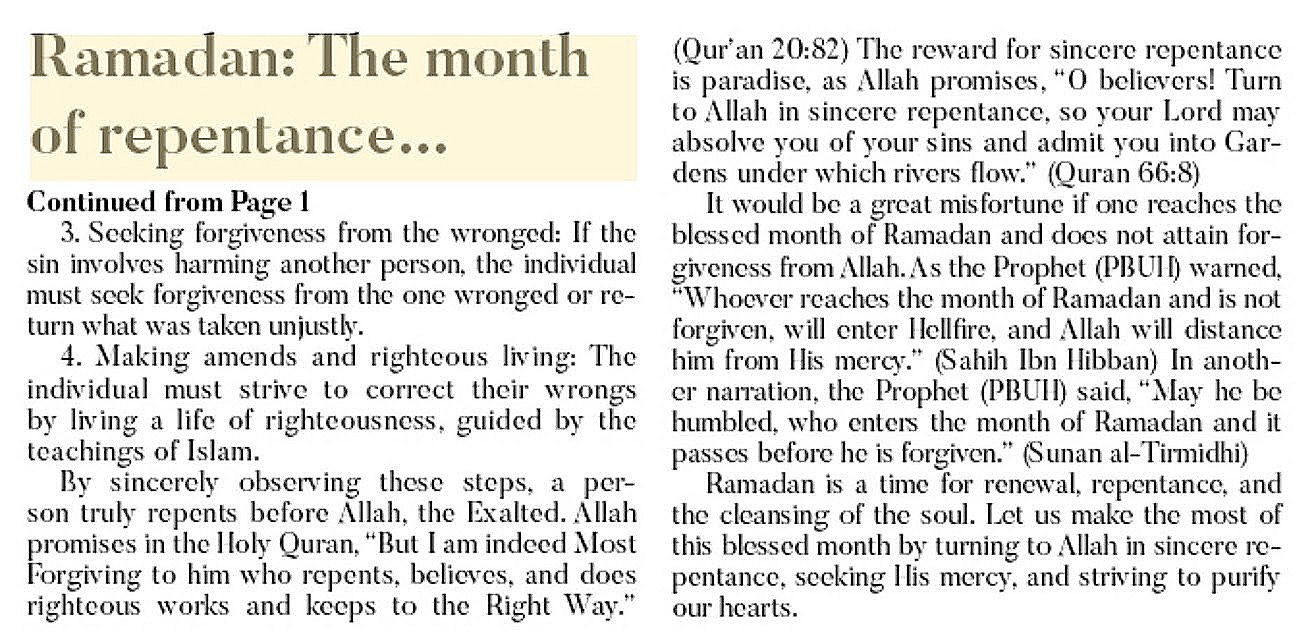
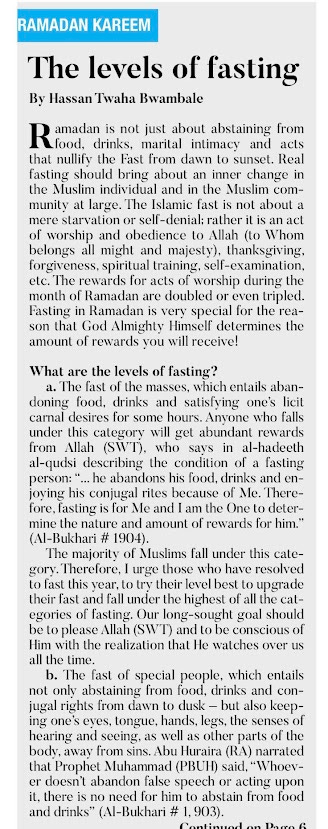
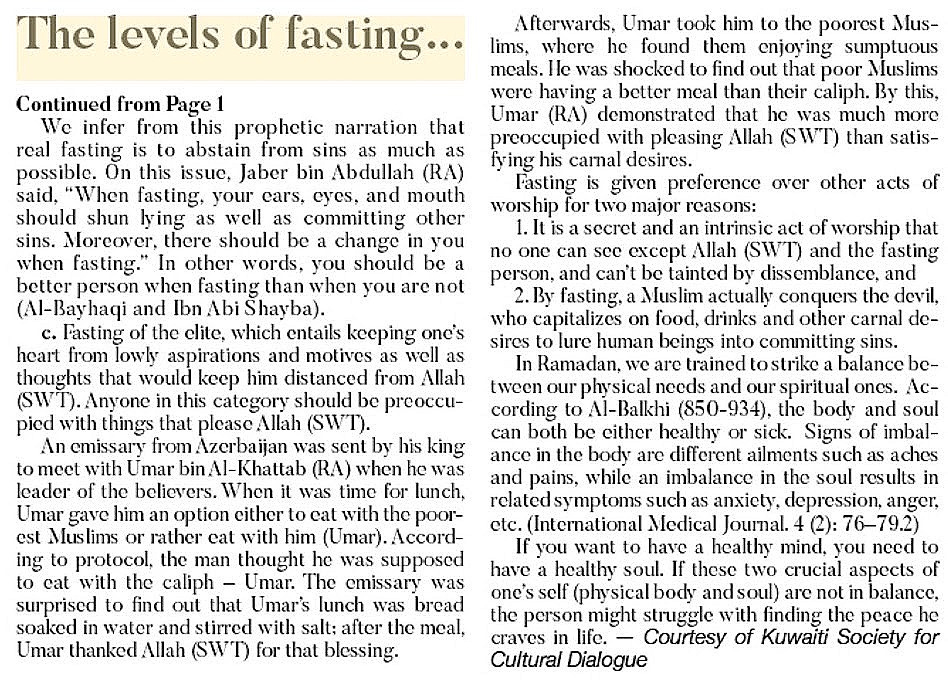
No comments:
Post a Comment
Note: Only a member of this blog may post a comment.